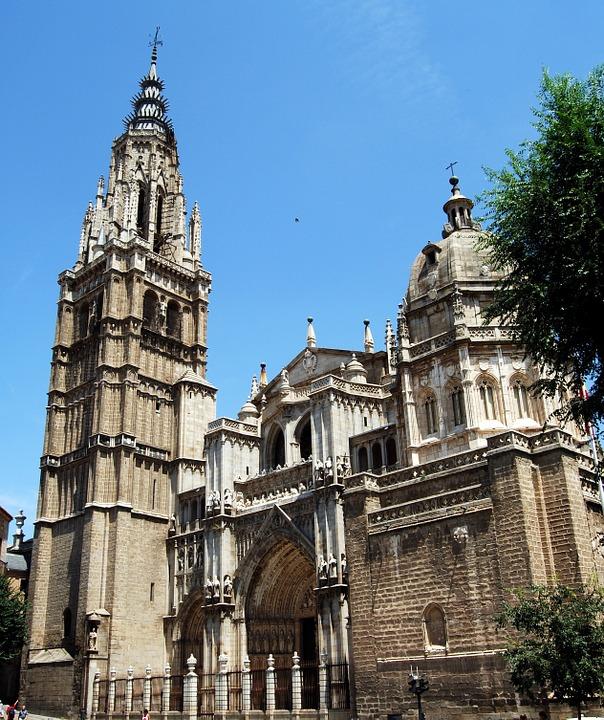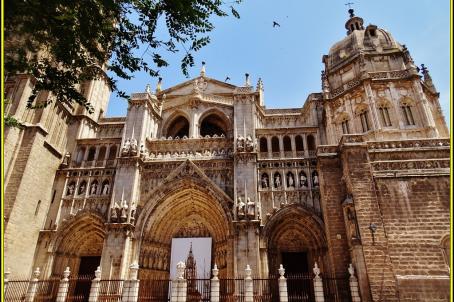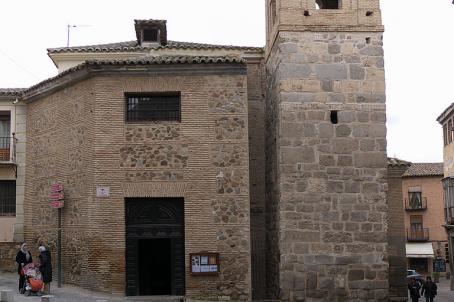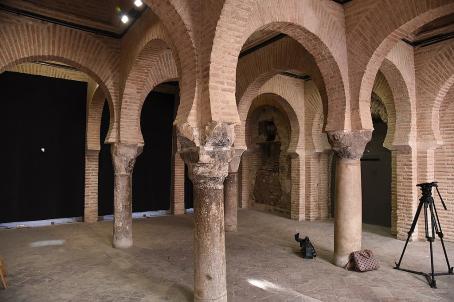Toledo Cathedral

The Cathedral of Santa María, known locally as "Dives Toletana", dates back to 1226 during the reign of Ferdinand III, although Gothic contributions were made until the 15th century.

The Cathedral of Santa María, known locally as "Dives Toletana", dates back to 1226 during the reign of Ferdinand III, although Gothic contributions were made until the 15th century.

The Holy Cathedral Church, Consecrated to the Virgin Mary in her Assumption into heaven, began to be built in 1226, under the mandate of Archbishop D. Rodrigo Jimenez de Rada, on the foundations of the Visigoth Cathedral of the S. VI, which was used as a mosque. The construction is Gothic style with a clear French influence. It measures 120 m long by 60 m wide. It is composed of 5 naves, supported by 88 columns and 72 vaults. The side naves extend behind the Main Chapel surrounding the presbytery and creating a girola with a double semicircular corridor. Its first architect is the master Martun, of French origin, to whom the traces of the plan and the beginnings of the work at the head of the temple are due.

The church of El Salvador occupies the building of a previous mosque, probably dating from the 11th century. The mosque itself was built on the remains of a sacred Visigothic building. The conversion to Christian worship in 1159 brought about various modifications, including the construction of the Gothic chapel of St Catherine at the end of the 15th century. A brick bell tower was then added to the minaret, inlaid with friezes, which was transformed into a bell tower.

This modest former mosque has an unusual square plan, the function of it changed drastically over the course of history and now it houses the "Foundation Center for the Promotion of Crafts" that hosts temporary exhibitions.